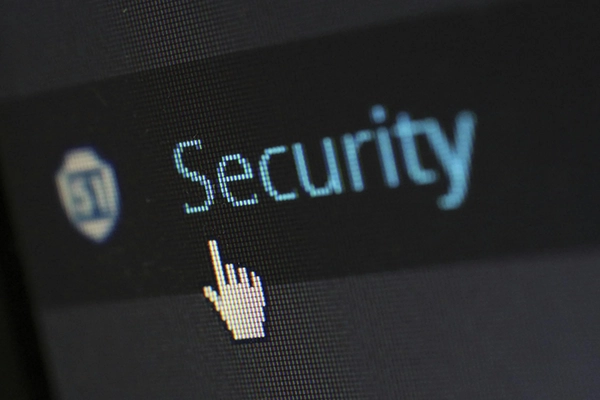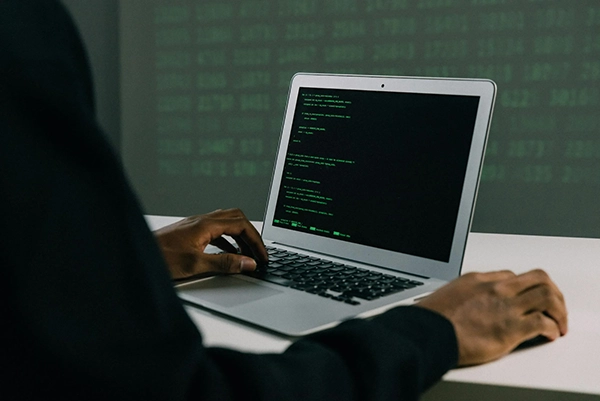Cyber threats have become very common, and the situation is even more problematic because of cyber issues such as phishing attacks, ransomware, data breaches, and other malicious activities that continuously target the users of the internet. Businesses and educational institutions are required to implement some measures to tackle this problem, and they are now opting for visual tools and expert animations to boost cybersecurity training. The following are some ways in which these tools assist in the strengthening of cybersecurity training.

Animated explainer videos are among the most effective visual tools businesses can use for their cybersecurity training, as they help people learn better and use that knowledge later on. In the legal setting, expert legal animations and illustrations are expected to serve a similar role, making complicated scenarios easier to understand for judges and juries. Animated explainer videos are also perfect for various learning styles, so everyone can use them to engage their learners, raise their attention, and make them more interested in the topic. These explainer videos are perfect for improving cybersecurity awareness while at the same time motivating learners to gain more valuable knowledge and skills to fight against cyber dangers.
Interactive simulations are one of the best ways to teach your team about cybersecurity, because they don’t just talk about threats, they let employees experience them in realistic scenarios. No boring lectures here! Instead, your team gets to think on their feet, spotting phishing emails, dodging fake login pages, and reacting to red flags just like they’d have to in real life.
Do you know what the best part is? These simulations give instant feedback, so if someone makes a mistake, they learn right away what went wrong and how to fix it. That means next time (whether in another simulation or an actual cyberattack), they’ll be ready. It’s hands-on, engaging, and sticks in their minds—way better than another forgettable training slideshow that takes too much time and, after a while, becomes very boring and tiring for anyone listening.
The thought of clicking through another dull PowerPoint or skimming a dry policy document is enough to make anyone feel bored and disappointed about what they will spend time doing. But what if cybersecurity training felt more like a game than a chore? Instead of forcing employees to sit through yet another lecture, you can easily make security awareness fun by turning it into challenges, stories, and friendly competition.
You can try out Phishing Quiz Show, where a leaderboard tracks who’s best at spotting scams, with real-time feedback. Suddenly, employees aren’t just learning—they’re trying to outsmart the hackers. The best part is that people remember what they learn because they experienced it. A sales rep might forget a security PDF, but they’ll recall the time they “lost” a game by clicking a fake invoice—and think twice before doing it in real life.
Gamification isn’t about turning serious topics into fluff. It’s about respecting employees’ time and brains by making training stick. After all, the best defense against hackers isn’t just rules; it’s a team that’s alert, engaged, and maybe even a little competitive.
Text-heavy guidelines might check compliance boxes, but they rarely change real-world behavior. That’s where infographics and flowcharts come in, transforming overwhelming security concepts into clear, visual lifelines that employees actually use.
Infographics excel at simplifying complex topics into digestible snapshots. A colorful “Phishing Red Flags” graphic posted near workstations does more than list warning signs—it trains the eye to spot suspicious emails through visual patterns. Flowcharts take this further by mapping out real-time decision-making. The real magic happens when these tools escape the confines of formal training. An infographic taped to an office fridge or a flowchart saved as a desktop wallpaper becomes a constant, frictionless reminder—unlike a forgotten PDF buried in an inbox. By stripping away noise and focusing on core concepts, infographics and flowcharts don’t dilute cybersecurity, but rather, they make people remember it even better and for longer. When an employee is tired, distracted, or facing a clever attacker, a well-designed visual can be the difference between a safe choice and a costly mistake.

Whether it’s an animated video that makes malware relatable, a simulation that turns phishing detection into a game, or an infographic that turns policies into something that people truly remember, the goal is to make security click in a way that dry manuals and compliance checkboxes never will. Because when training respects how humans think, remember, and act, employees stop being the weakest link and start becoming your best defense.
